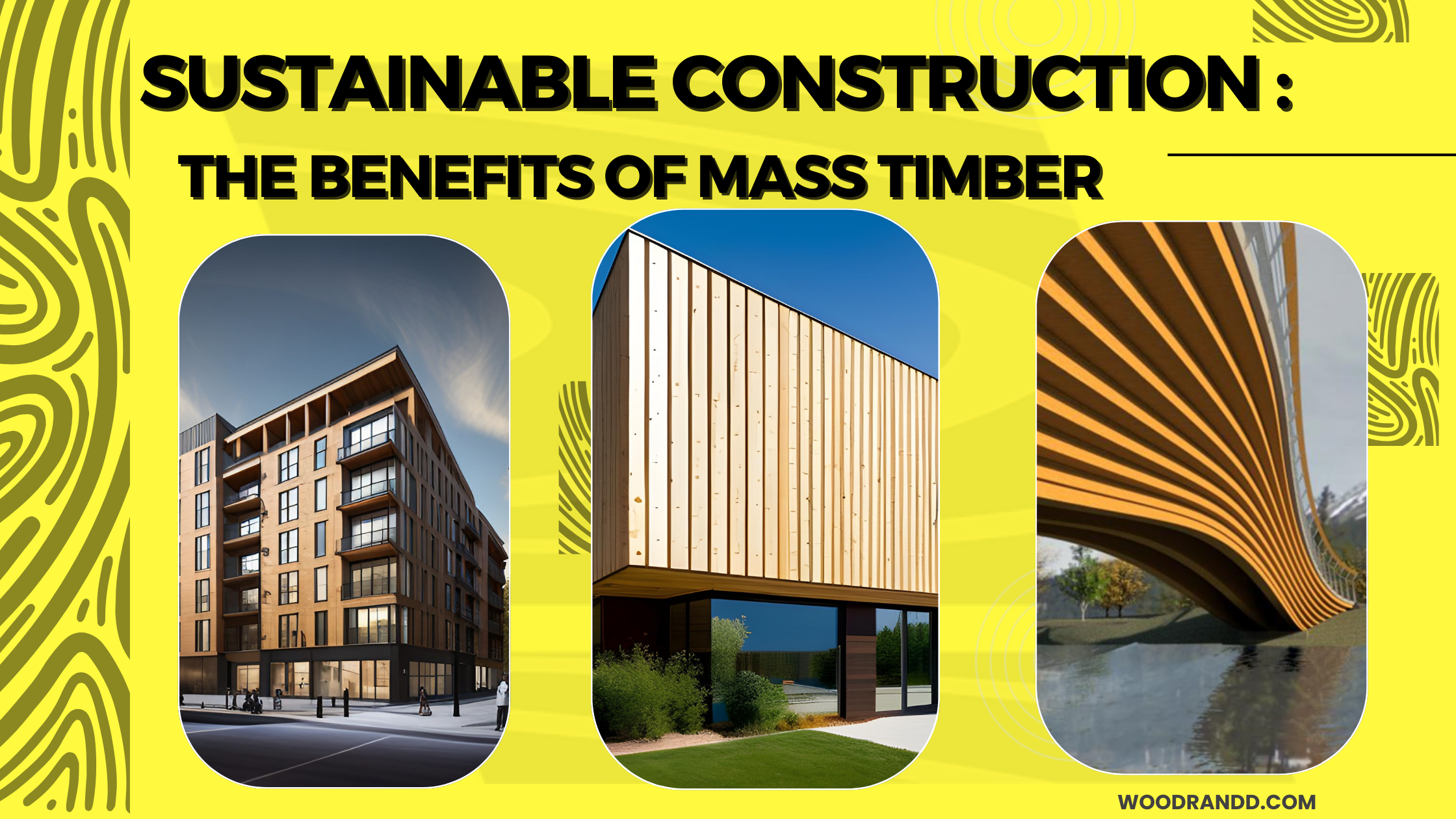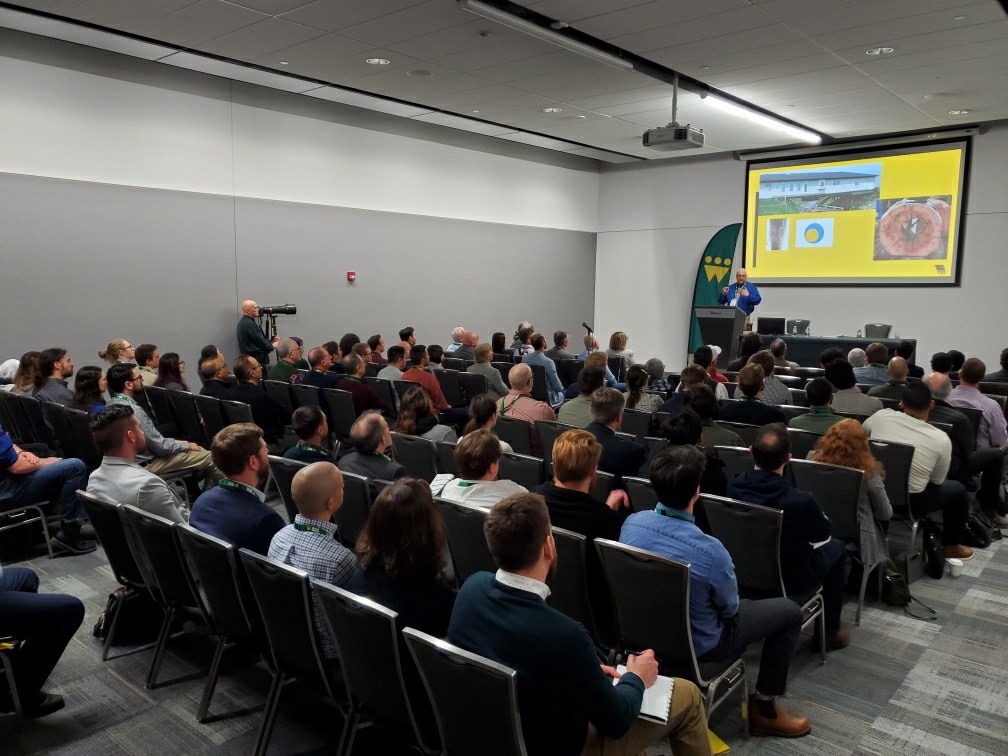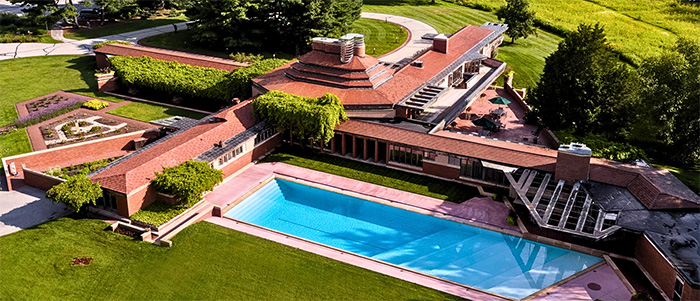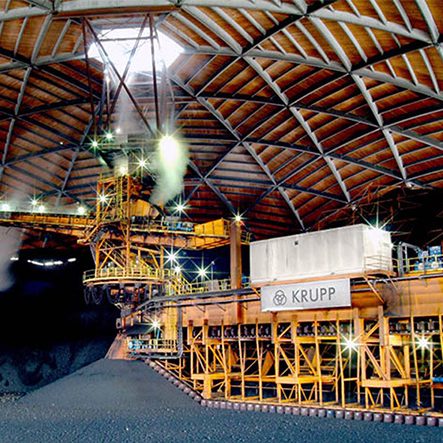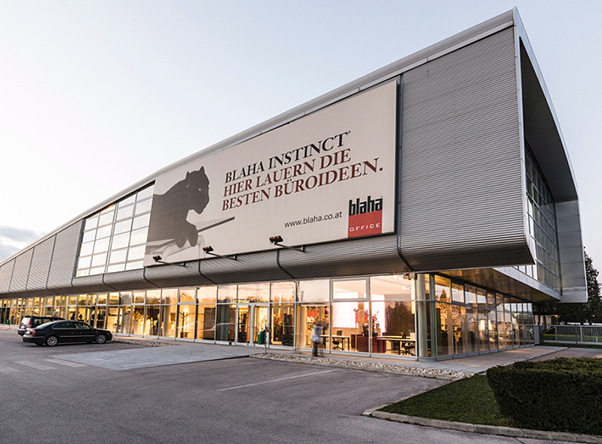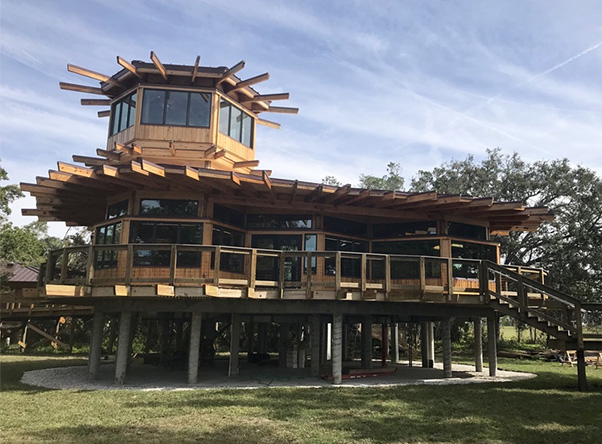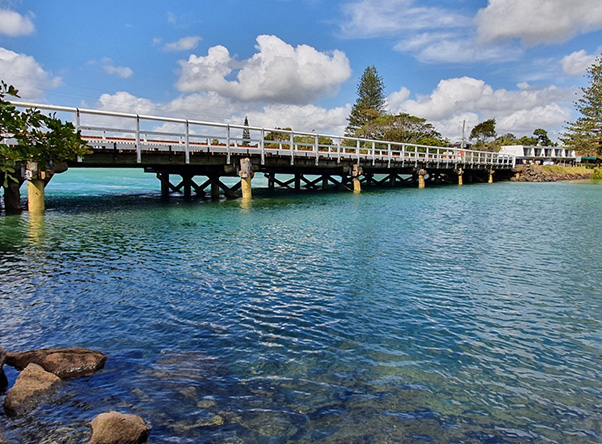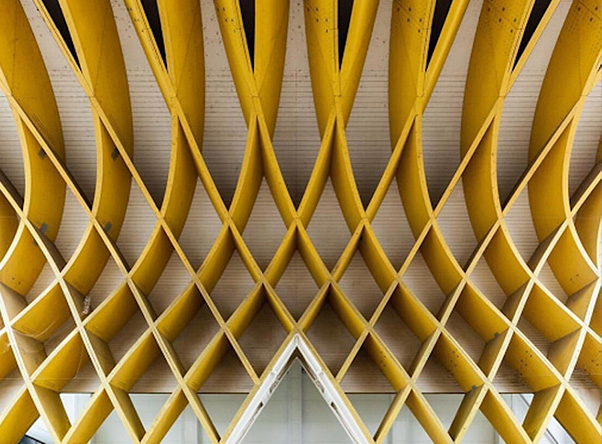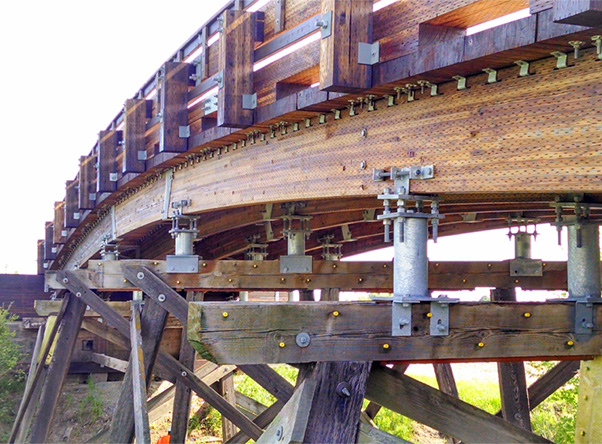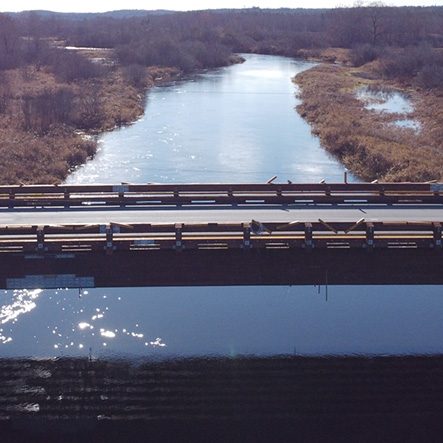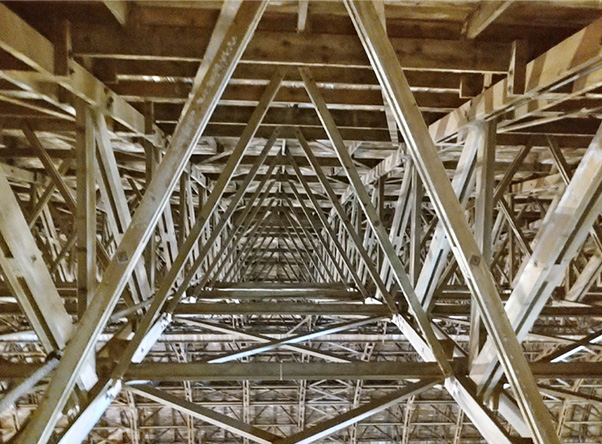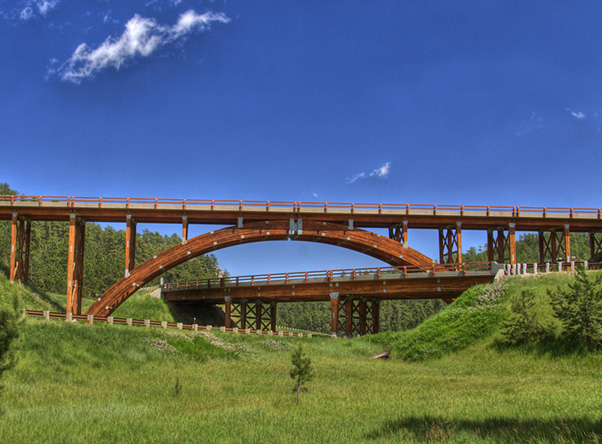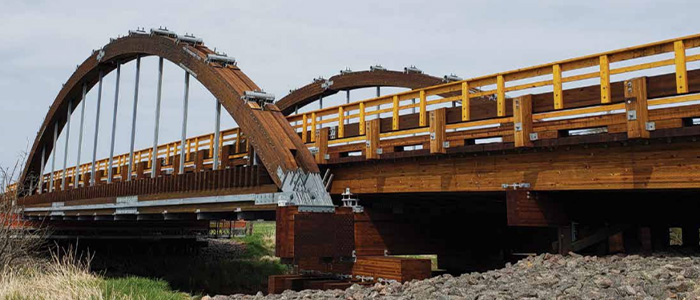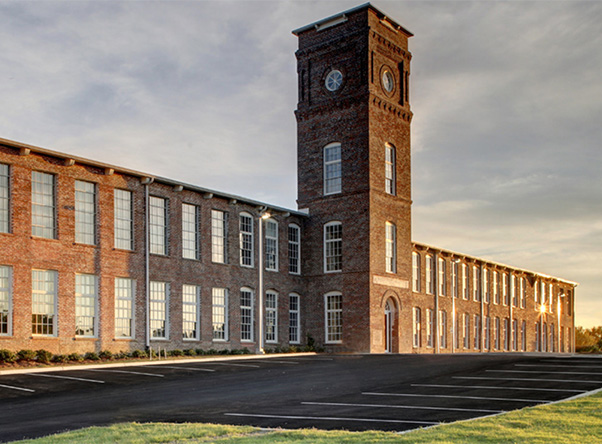In an era of limited budgets and financial scrutiny, local governments are actively seeking cost-effective and environmentally friendly building solutions. Extensive research indicates that mass timber products offer sustainability, durability, shorter project times, and superior environmental impact compared to reinforced concrete or steel. Mass timber emerges as a secure, economically viable, and eco-friendly choice. Keep reading to discover why municipalities across the nation are increasingly embracing mass timber as a popular option.
Cost Savings with Mass Timber Products
When it comes to construction projects, cost savings are of utmost importance. Mass timber presents an opportunity to save money in multiple ways. Firstly, due to its lightweight and easy-to-work-with nature, it requires fewer labor costs during construction. This is because mass timber can be handled and installed more efficiently, reducing the time and effort required. Secondly, mass timber can often be pre-fabricated in factories and then transported and assembled on-site. This not only saves time but also reduces the need for heavy machinery and equipment on-site, resulting in lower labor costs and equipment rental expenses. Additionally, in the long term, mass timber products require minimal maintenance compared to traditional construction materials like concrete or steel. Mass timber is naturally resistant to corrosion, flaking, cracking, and other forms of wear and tear. It also eliminates the need for regular painting, saving time, resources, and money over the lifespan of a structure. These factors make mass timber an excellent choice for government projects seeking cost savings, as it reduces the need for ongoing maintenance and inspections that are often required for reinforced concrete and other materials. With its numerous advantages and cost-saving potential, mass timber is revolutionizing the construction industry and paving the way for sustainable and efficient building practices.
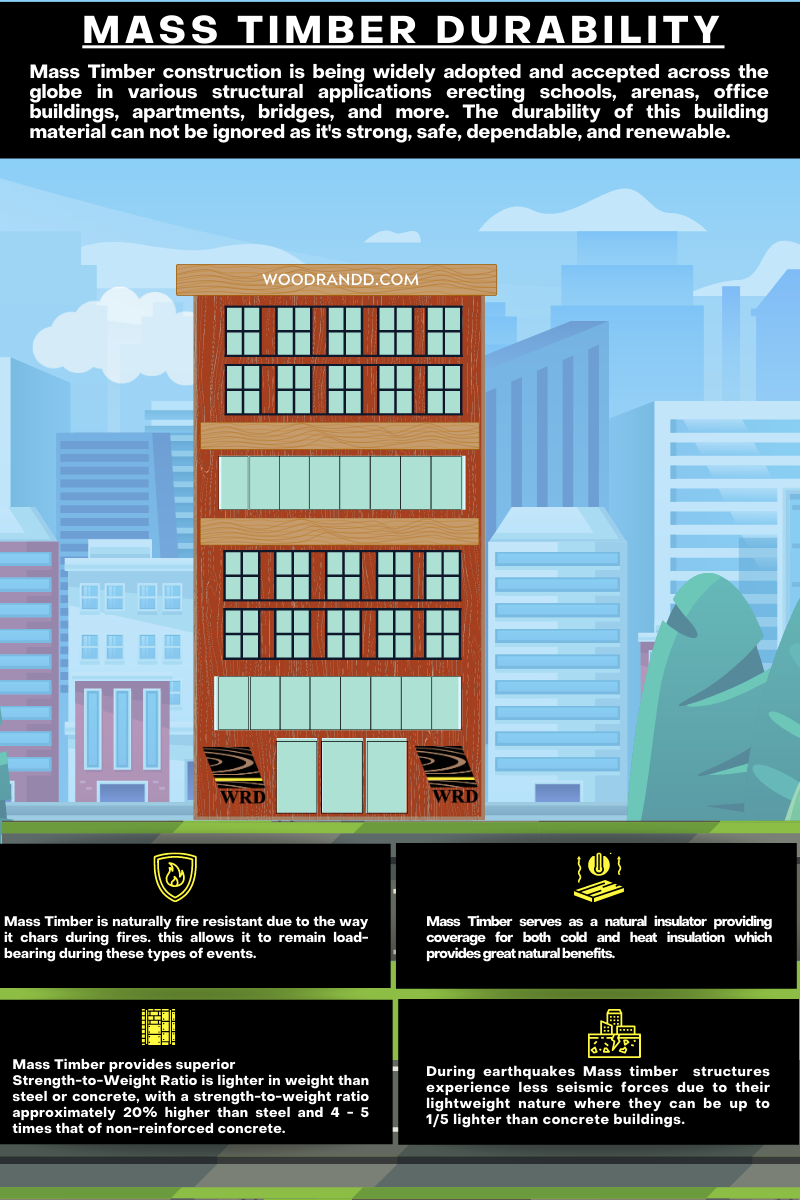
Sustainability Benefits of Mass Timber Products
In addition to providing significant cost savings, mass timber offers a multitude of sustainability benefits that make it an even more appealing choice for governmental departments seeking economical and eco-friendly building materials. One of the greatest advantages lies in the responsible management of managed forests, where replanting efforts ensure the replacement of harvested trees for construction projects. This practice guarantees the long-term sustainability of the timber industry while mitigating deforestation concerns. Furthermore, manufacturing processes utilizing mass timber result in fewer pollutants compared to those using concrete or steel, thereby minimizing their environmental impact and promoting cleaner air quality. Additionally, mass timber structures are meticulously designed with environmental considerations in mind, allowing them to seamlessly integrate into local ecosystems and minimizing disruption caused by construction activities. This holistic approach not only safeguards communities from potential hazards such as runoff but also promotes the preservation of natural habitats.
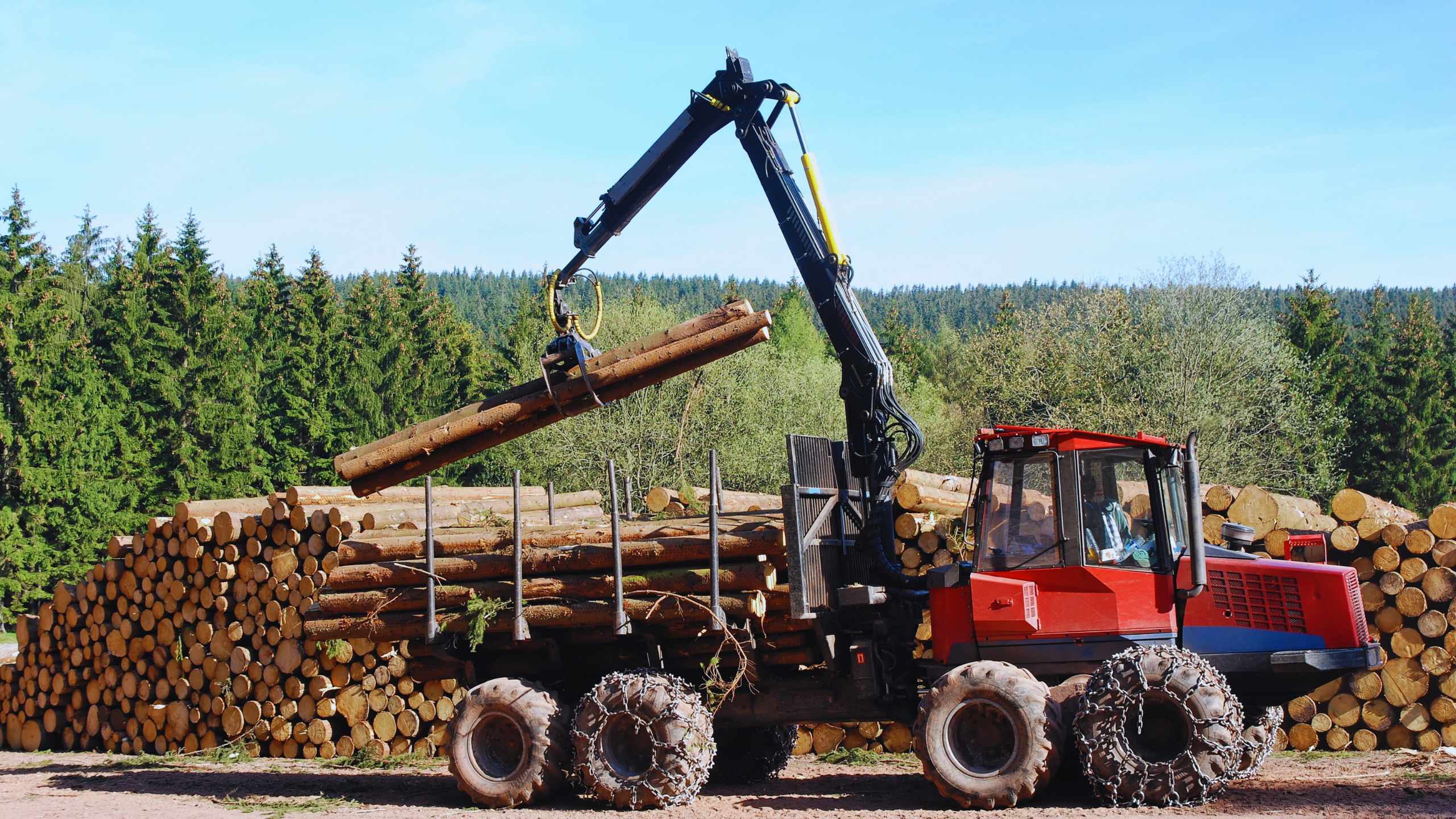
Fire Resistance of Mass Timber Products
Mass timber products offer numerous advantages over traditional materials like concrete or steel. One key advantage is their superior fire resistance, thanks to their unique composition. The combination of materials in mass timber makes it difficult to ignite and prevents rapid fire spread throughout a structure, ensuring increased safety and peace of mind in the event of a disaster.
In addition to their exceptional fire resistance, mass timber materials also offer aesthetic benefits. They come in various colors and shapes, allowing for visually appealing designs without compromising safety standards. Whether it’s a striking architectural feature or a functional structural element, mass timber can enhance the visual appeal of any project.
Furthermore, the long life cycle of mass timber ensures that structures built from this material will endure for decades with minimal repairs needed along the way. While some projects may require periodic maintenance, the overall cost of upkeep for mass timber is significantly lower than that of traditional materials such as concrete and steel. This makes mass timber an excellent choice not just from a financial standpoint, but also from an environmental perspective, as it contributes to sustainable construction practices.
By choosing mass timber, you can enjoy the benefits of superior fire resistance, visually appealing designs, and long-lasting durability, all while reducing the environmental impact of your construction projects.
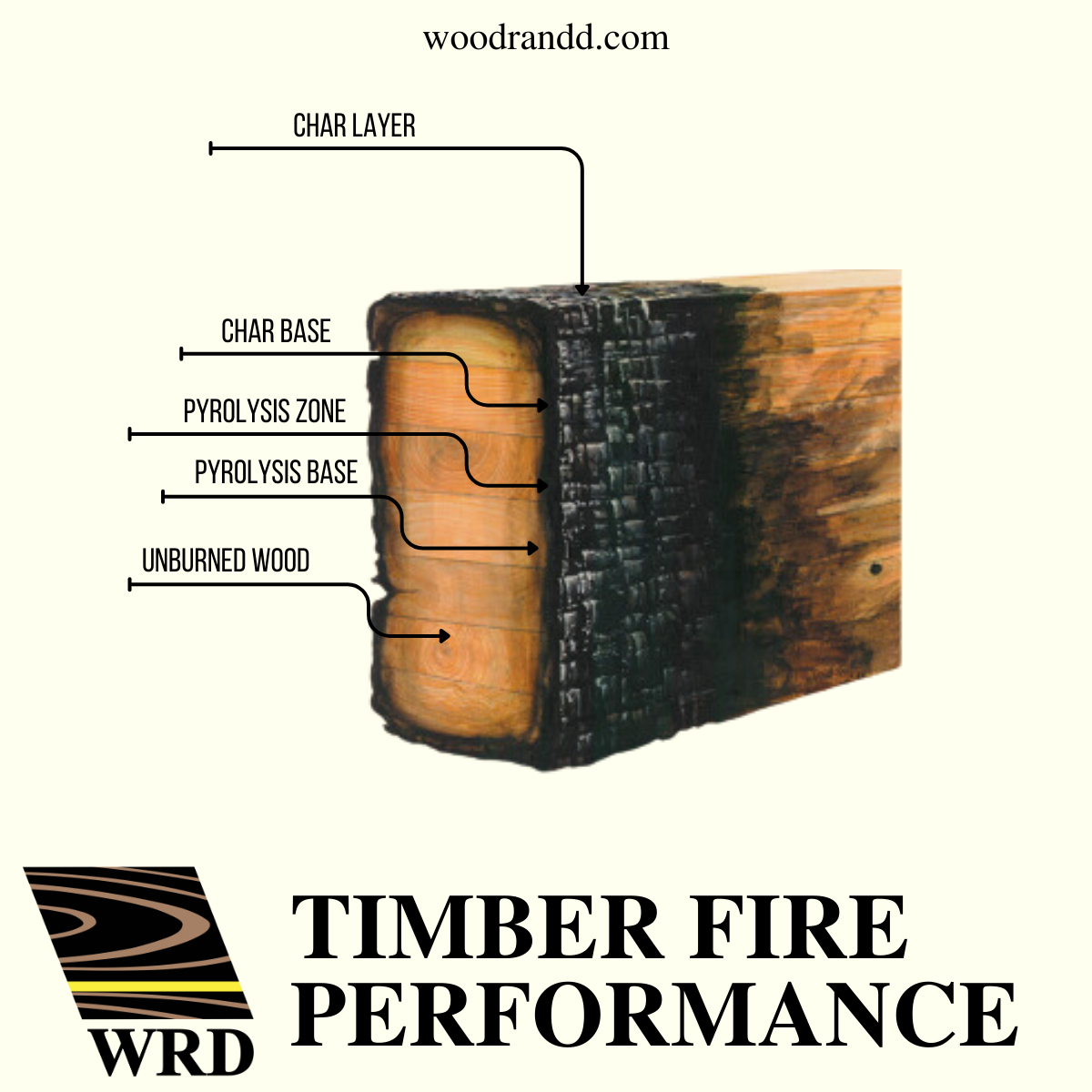
Conclusion
Mass timber products offer significant cost savings while providing numerous sustainability benefits. These products can be responsibly managed through replanting efforts, ensuring a renewable resource. Additionally, during the manufacturing process, mass timber generates fewer pollutants compared to traditional materials like concrete or steel, contributing to a cleaner environment.
Furthermore, mass timber materials possess superior fire resistance due to their unique composition, offering an added layer of safety. Moreover, considering their long life cycle, structures built from mass timber can last for decades with minimal repairs needed, reducing maintenance costs. While periodic maintenance may be required for some projects, the overall cost of upkeep for mass timber remains significantly lower than that of traditional materials, making it an attractive option for municipalities seeking sustainable building alternatives shortly.
All in all, mass timber emerges as a safe and economically viable choice, aligning perfectly with environmental considerations. It presents an appealing option for any municipality looking for sustainable building solutions that prioritize both cost-effectiveness and environmental consciousness.

